Our tools allow companies and scientists to assess the toxicity of chemicals for regulatory purposes.
Integrating rule-based (Q)STR, statistical, and machine learning-based models for metabolism, toxicity, and ecotoxicity endpoints, some tools use an adverse outcome pathway (AOP) framework, balancing transparency, mechanistic interpretability, and predictivity.
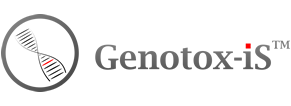
Software for the prediction of mutagenicity by alerts, statistical, and machine learning-based models.

Software for the prediction of skin corrosion and irritation by alerts, statistical, and machine learning-based models with accumulative evidence from experimental data.
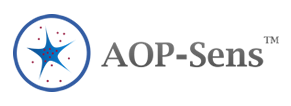
Software for the prediction of skin sensitization by alerts, statistical, and machine learning-based models, in a logical adverse outcome pathway (AOP) framework that balances transparency, mechanistic interpretability, and predictivity.

Software for the prediction of ocular corrosion and irritation by alerts, statistical, and machine learning-based models.
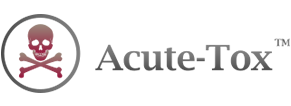
Software for the prediction of acute toxicity by statistical and machine learning-based models.

Software for the prediction of oral bioavailability and permeability Caco-2 by statistical and machine learning-based models.

Software for the prediction of metabolites by statistical and machine learning-based models.

Software for the prediction of in vitro and in vivo hepatotoxicity by statistical and machine learning-based models in a logical adverse outcome pathway (AOP) framework.

Software for the prediction of developmental toxicity by statistical and machine learning-based models.

Software for the prediction of acute and chronic aquatic toxicity by statistical and machine learning-based models.
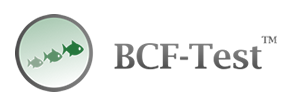
Software for the prediction of the bioconcentration factor (BCF) by statistical and machine learning-based models.
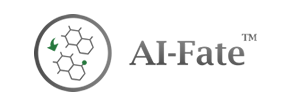
AIFate™: prediction of the environmental fate and behavior for estimating the ready biodegradability in an anaerobic aqueous medium by statistical and machine learning models
These models were developed following regulatory guidelines by steps summarized below:
OECD – ORGANISATION FOR ECONOMIC CO-OPERATION AND DEVELOPMENT. Guidance Document on the Validation of Quantitative)Structure-Activity Relationships [(Q)SAR] Models. Paris: Inter-Organisation Programme for the Sound Management of Chemicals (IOMC), 2007. 154 p.
ECHA – European Chemicals Agency. Guidance on information requirements and chemical safety assessment Chapter R.6: QSARs and grouping of chemicals. Helsínquia: ECHA, 2008. 134p.
ECHA – EUROPEAN CHEMICALS AGENCY. Guia prático 5: como comunicar (Q)SAR. Helsínquia: ECHA, 2009.
USEPA – the United States Environmental Protection Agency. Technical Working Group on Pesticides (TWG). NAFTA TWG Quantitative Structure-Activity Relationships (Q)SARGuidance Document. Washington: North American Free Trade Agreement (NAFTA), 2012.
European Commission. Alternative methods for regulatory toxicology – a state-of-the-art review. Ispra, Italy: European Union Reference Laboratory for Alternatives to Animal Testing (EURL ECVAM), 2014. 461p.
International Conference on Harmonisation. International Conference on Harmonisation of Technical Requirements for Registration of Pharmaceuticals for Human Use (ICH). M7 Guideline: Assessment and Control of DNA Reactive (Mutagenic) Impurities In Pharmaceuticals To Limit Potential Carcinogenic Risk. ICH Harmonised Tripartite Guideline, 2014.